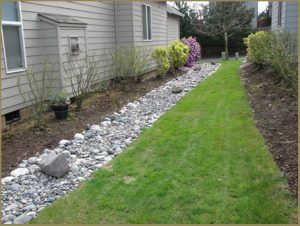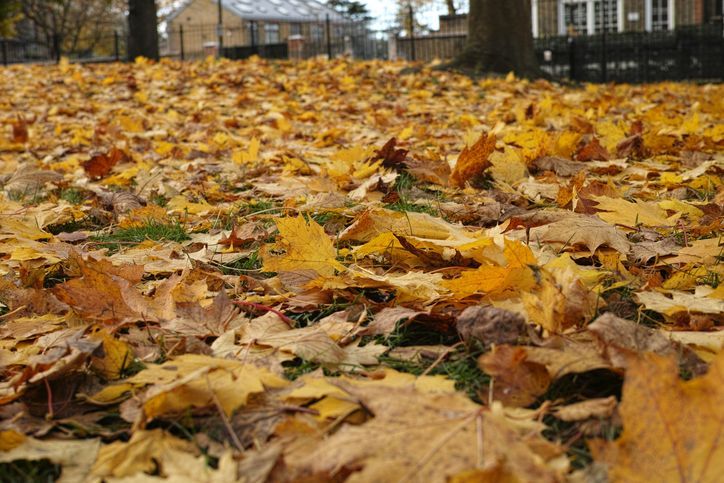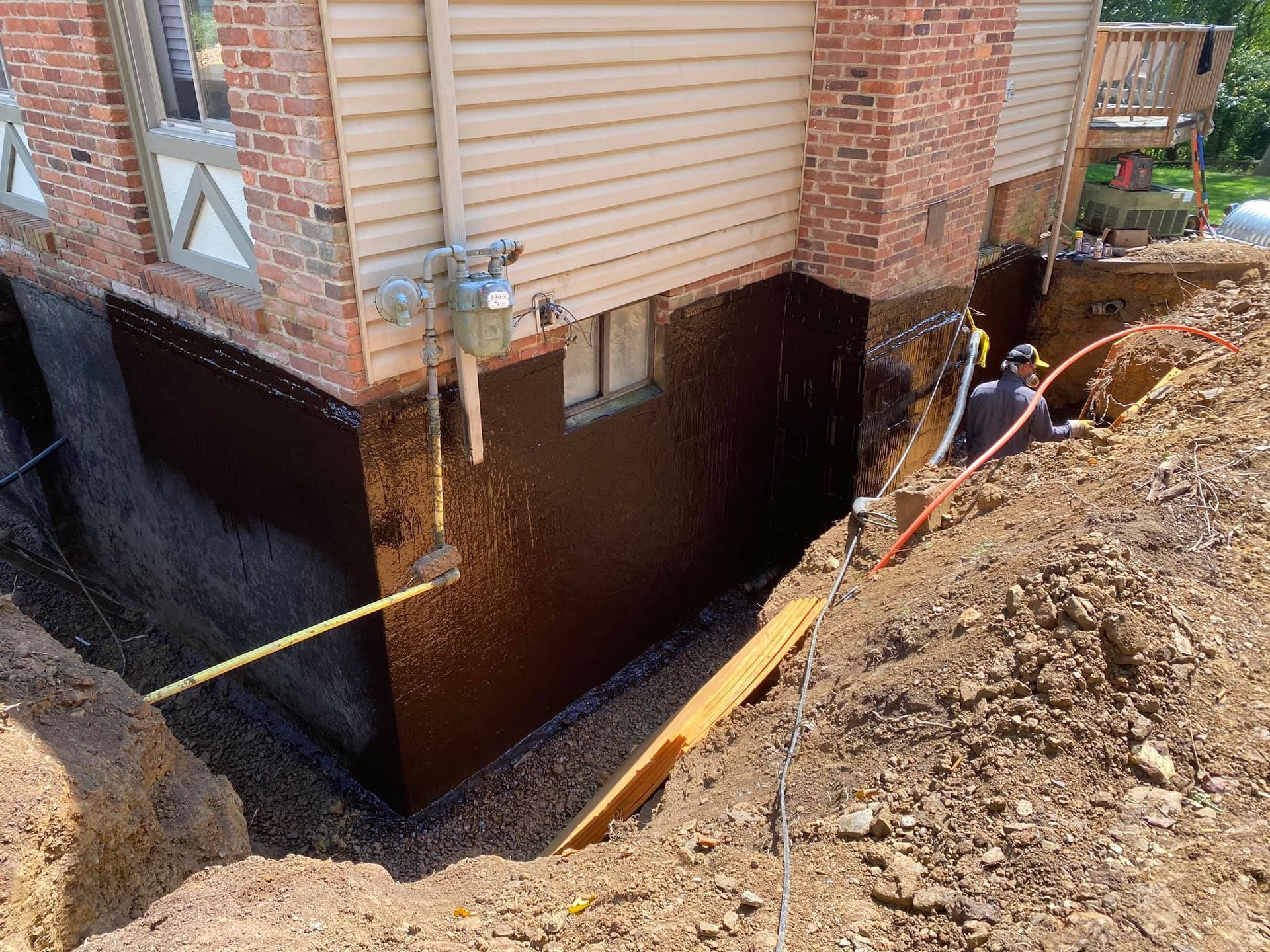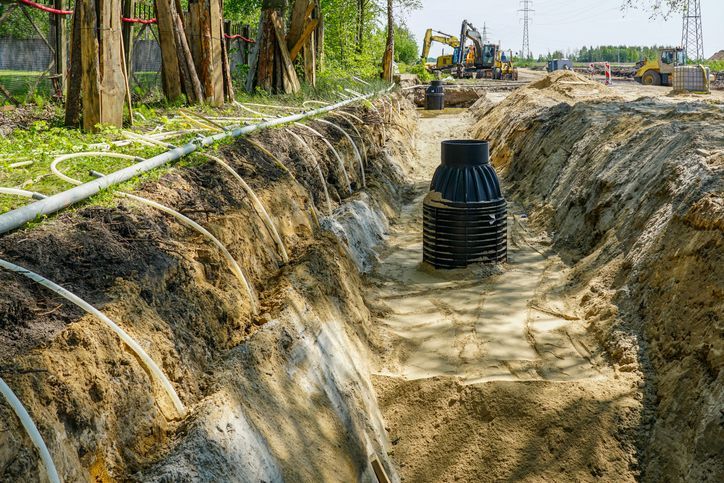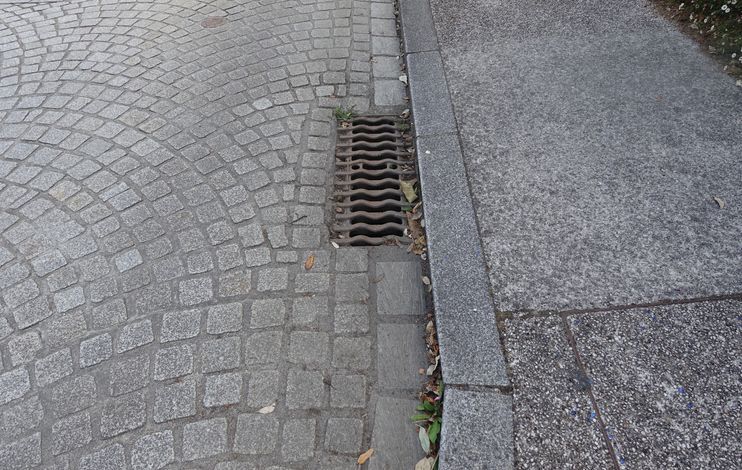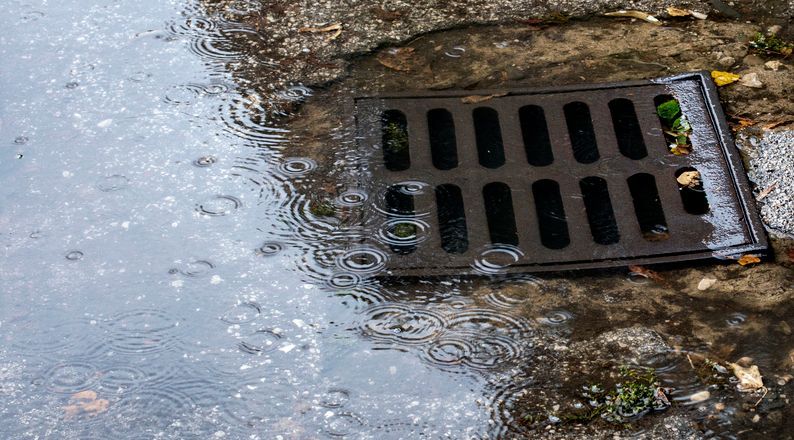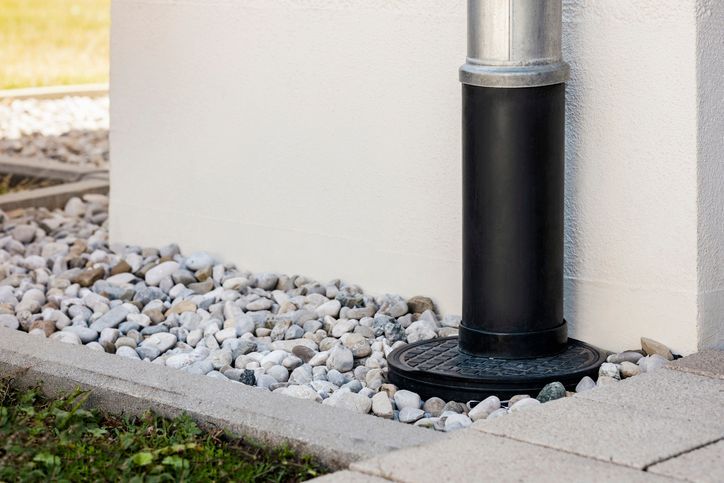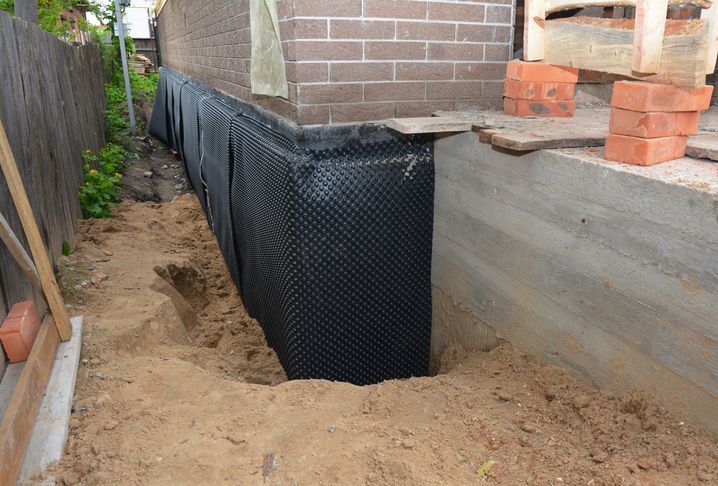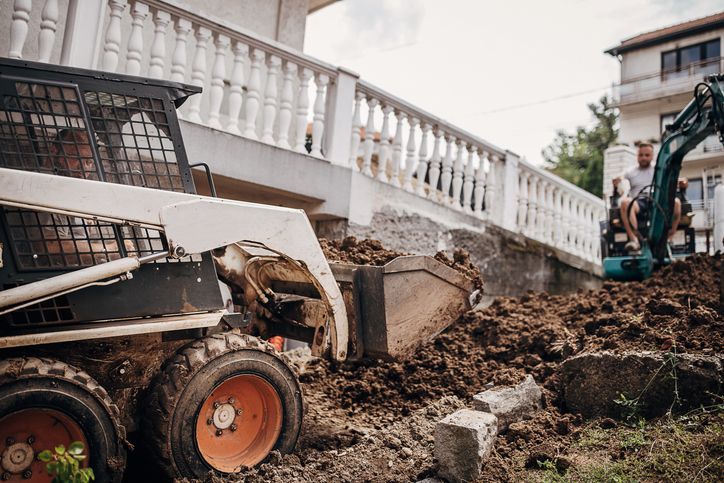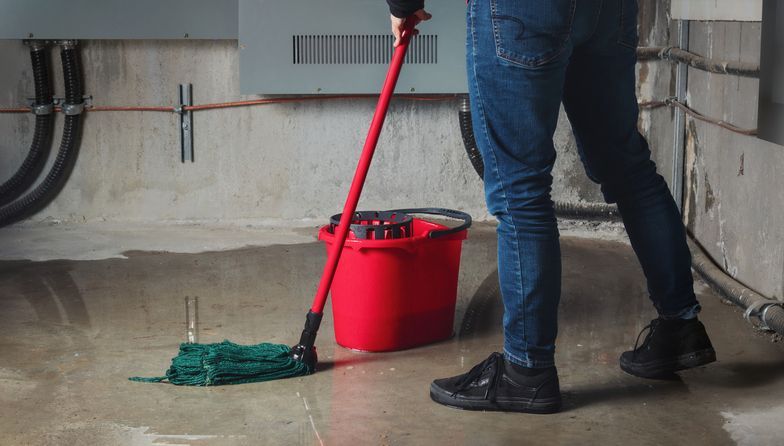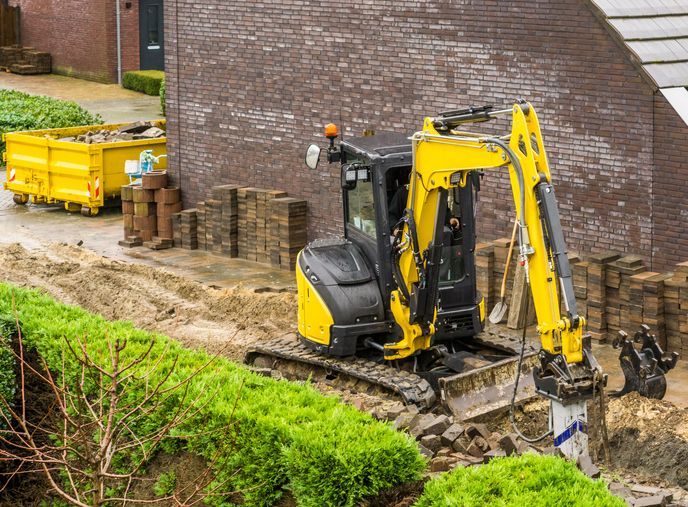Do I Need a French Drain?
How do I know if I need a French drain installed in my yard?
It’s a scenario that most homeowners in Pittsburgh have faced at least once. You walk down the stairs to your basement during a heavy rainstorm and notice that water is slowly seeping in through the cracks of your foundation.
In an instance like this, you have one of two choices. You can simply cross your fingers and hope that your basement remains relatively dry each time a storm rolls into the area. Or you can take preventative action and ensure that your basement never gets flooded again by having a French drain installed.
What is a French drain?
In its simplest form, a French drain consists of a perforated pipe encased in a layer of gravel or rock that is buried beneath the soil. Its main function is to carry rainwater to a low-lying area using gravity or the land’s natural slope to prevent flooding in a yard or near a home’s foundation.
However, a French drain can also be used behind a retaining wall to relive ground water pressure so it doesn’t cause the stone or block to buckle over time.
What kind of French drain do I need?
This ultimately depends on the type of problem that you’re trying to alleviate. If, for example, there’s excessive surface water in your yard after a downpour, then a shallow French drain – which is dug approximately two feet below ground level – will do the trick.
But if water continually leaks into your basement, you’ll need either a deep or interior French drain. A deep French drain runs along the entire perimeter of your home and diverts water before it reaches the foundation.
While effective, installing a deep French drain yourself can be difficult to do depending on the height of your basement walls, which dictates how deep the trench will need to be dug.
An alternate to a deep French drain, though, is an interior one, which is added from the inside of your basement.
To install an interior French drain, a channel is cut around the perimeter of your basement’s concrete floor and pipe is installed all the way around. Water is then funneled to a collection tank in the basement floor and sent outside via a sump pump.
Although installing a shallow French drain, or one behind a retaining wall, is relatively easy and can be done by a do-it-yourselfer, it’s wise to hire a crew of professionals if an interior or deep French drain is needed.
The Pittsburgh Drain Guys – experts in residential and commercial French drain installation – can solve all of your runoff issues. Give them a call at 412-377-9133 to schedule your FREE estimate!
And by the way, the French drain was named after its inventor, Henry Flagg French, and not the country France. French was a 19 th century lawyer from Concord, Massachusetts whose book, Farm Drainage: The Principles, Prospects, and Effects of Draining Land, is credited with popularizing this type of draining solution.


